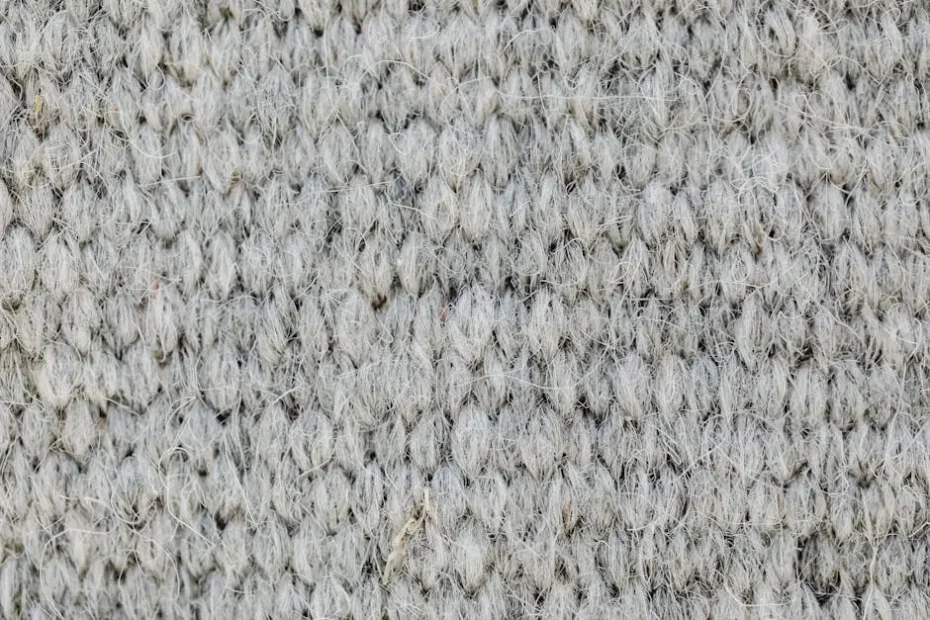In today’s world, choosing eco-friendly options is more important than ever. Insulation plays a critical role in energy efficiency, and exploring sustainable materials can contribute to a greener home. This guide will dive into the eco-friendly insulation options available and help you make an informed choice for your next project.
Understanding Eco-Friendly Insulation
Before we explore specific materials, it’s essential to understand what defines eco-friendly insulation. This includes materials that are renewable, recycled, or sustainably sourced.
Eco-friendly insulation materials not only reduce the carbon footprint, but they also enhance indoor air quality. Many traditional insulation materials can emit volatile organic compounds (VOCs), contributing to air pollution in your home.
Moreover, eco-friendly options often require less energy to produce. This means that right from the start, you’re making a choice that has a lighter impact on our planet. By selecting materials that are sustainably sourced, you can contribute to environmental conservation.
Natural Fiber Insulation Options
Natural fibers like cellulose, sheep’s wool, and cotton provide great insulation while being derived from renewable resources. They often have excellent thermal properties and are biodegradable.
Cellulose insulation, made from recycled paper products, is one of the most eco-friendly options available. It effectively traps heat in the winter and keeps your home cool in the summer, making it a versatile choice.
Sheep’s wool is another fantastic option. Not only does it provide wonderful insulation, but it also has moisture-wicking properties that help regulate humidity in your home. This means better comfort for you and your family.
Cotton insulation, often made from recycled jeans, offers good energy efficiency as well. It’s non-toxic and treated with a natural fire retardant, making it both safe and effective for insulating your home.
Recycled Material Insulation
Recycled materials, such as recycled denim or newspapers, can create effective insulation. These options help reduce waste and provide good performance.
For example, denim insulation, derived from post-consumer cotton, not only provides excellent thermal properties but also absorbs noise, making it great for soundproofing as well.
Newspaper-based cellulose insulation is another sustainable choice. It’s not only energy-efficient but also keeps your home warm and cozy, making it highly functional while being friendly to the environment.
What’s more, these recycled options often carry a lower cost than some traditional insulation products, allowing for budget-friendly renovations while still making environmentally-conscious choices.
Foam Insulation Alternatives
While traditional foam insulation can be harmful, there are eco-friendly foam options available, like soy-based spray foam, which are more sustainable without compromising on effectiveness.
Soy foam insulation is made from renewable soybeans, offering a more eco-friendly alternative to petroleum-based foams. It provides great insulation with a minimal environmental impact.
Moreover, these eco-friendly foams can expand to fit into gaps, ensuring a tighter seal and reducing air leakage. This maximizes energy efficiency and helps you save on heating and cooling costs.
Comparing Eco-Friendly Insulation Costs
It’s important to consider both initial costs and long-term savings when looking at eco-friendly insulation options. In many cases, the investment can lead to lower energy bills.
Though some natural and recycled insulation types may come with a higher up-front cost, the energy savings accrued over time can often offset that initial expense. This makes them a wise financial choice in the long run.
Don’t forget to factor in government incentives or tax credits available for energy-efficient home improvements. This can further enhance the financial feasibility of opting for eco-friendly insulation.
Installation Considerations for Eco-Friendly Options
When selecting insulation, also think about the installation process. Some eco-friendly options may require professional installation for optimum performance.
For instance, while some natural fiber insulations can be DIY projects, others may need specialized techniques to ensure they’re properly installed to achieve maximum heat retention.
Hiring a professional who is familiar with eco-friendly insulation can not only save you time but can help ensure that the insulation performs effectively, providing the comfort you desire.
Resources for Choosing the Right Insulation
Take advantage of available resources and guides to help you choose the right insulation for your specific needs. Consulting with professionals can also provide valuable insight.
Many local governments and non-profit organizations offer resources on sustainable building materials. These can guide you toward options that will not only meet your insulation needs but also reflect your commitment to sustainability.
Online forums and communities can also connect you with homeowners who have made eco-friendly choices. Their experiences can guide your decision-making and help you avoid common pitfalls.
Summary of Eco-Friendly Insulation Choices
Choosing eco-friendly insulation not only benefits the environment but can also lead to energy savings and a more comfortable living space. With various options available, it’s easier than ever to make a sustainable choice. Consider your needs, budget, and the specific qualities of each material to find the right fit for your home.

